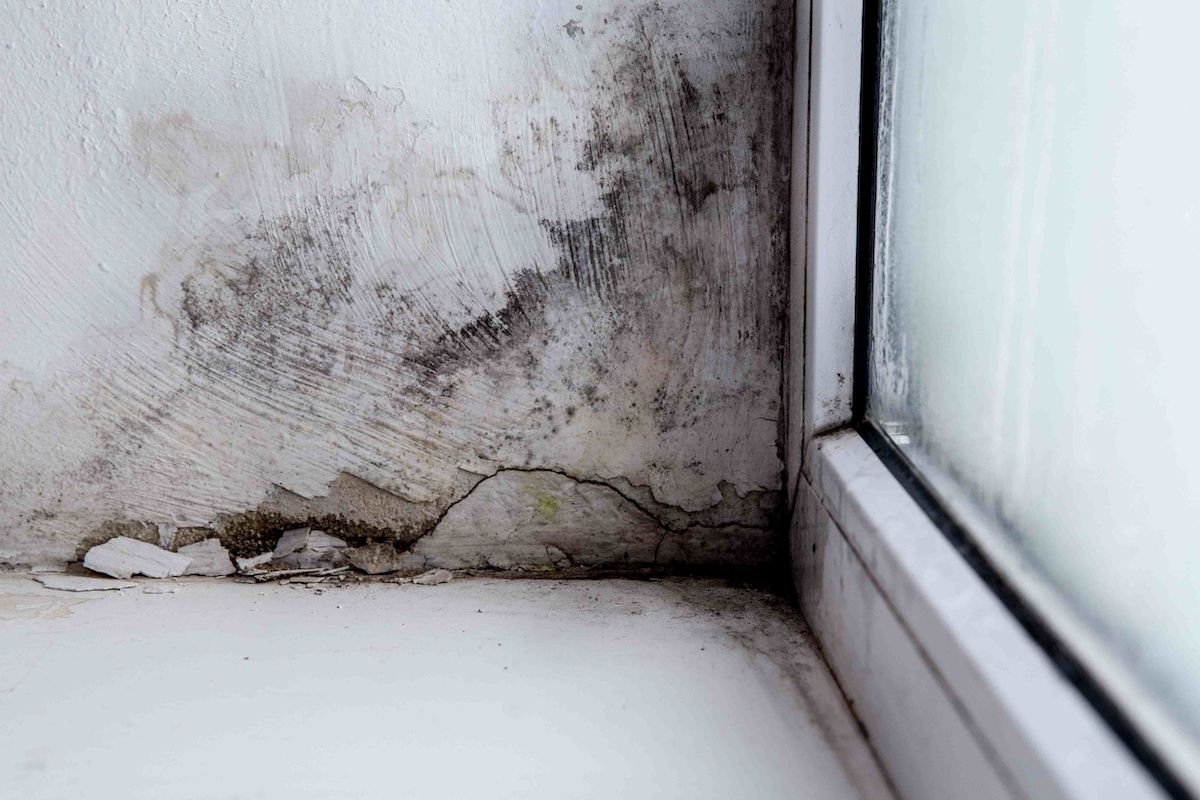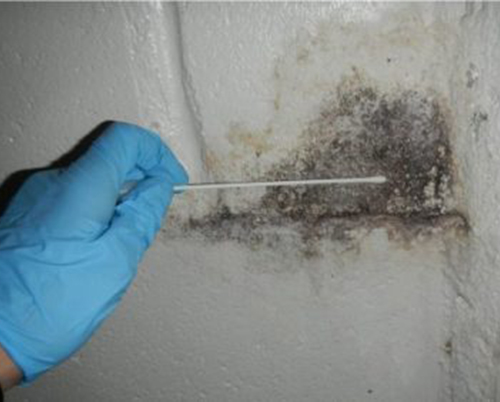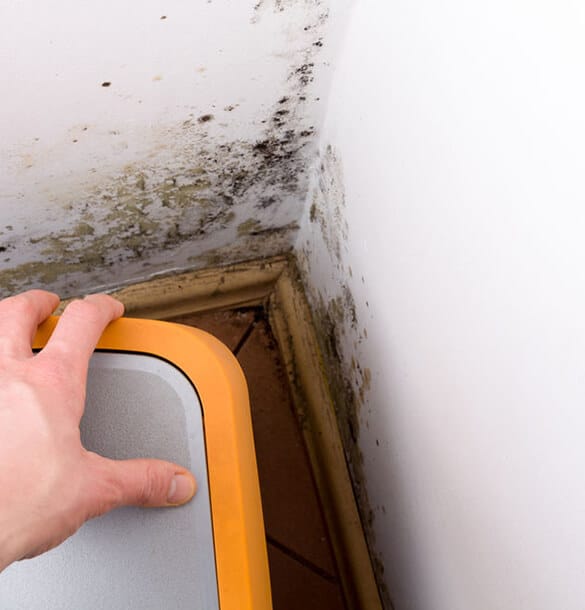After Mold Remediation Approaches for Clean Areas
After Mold Remediation Approaches for Clean Areas
Blog Article
Your Ultimate Overview to Blog Post Mold Remediation Methods
Navigating the world of post-mold remediation techniques is a meticulous process that demands focus to information and a thorough understanding of the intricacies involved. In the aftermath of mold invasion, recognizing how to successfully eradicate the mold and mildew and prevent its reoccurrence is extremely important for maintaining a healthy and balanced indoor atmosphere. From selecting the right cleansing and decontaminating approaches to implementing techniques for lasting mold and mildew avoidance, each action in the remediation journey plays a critical function in making sure a successful outcome. As we get started on this exploration of post-mold removal methods, we will uncover the crucial methods and best practices that can aid you restore your room to its pre-mold condition and safeguard it versus future mold and mildew threats.
Recognizing Post-Mold Remediation Refine
After completing the mold remediation procedure, it is critical to recognize the post-mold remediation methods that are necessary to make certain a efficient and comprehensive clean-up. As soon as the mold and mildew has actually been eliminated, the following step includes cleansing and decontaminating the influenced areas to stop any regrowth of mold and mildew. This consists of utilizing specialized cleaning up representatives to clean down surface areas and kill any type of continuing to be mold and mildew spores. It is vital to dry out the location entirely to discourage the growth of mold and mildew in the future (After mold remediation). Correct air flow and dehumidification can assist in this procedure.
In addition, performing a last examination post-remediation is essential to make certain that all mold and mildew has been effectively eliminated. This inspection ought to entail a complete visual check along with perhaps air sampling to confirm the absence of mold spores airborne. Added removal may be required if the assessment reveals any kind of remaining mold and mildew. Lastly, educating passengers on preventative steps such as controlling dampness degrees and without delay addressing any type of water leakages can help preserve a mold-free atmosphere.
Efficient Cleansing and Sanitizing Methods

Preventing Future Mold Growth

Importance of Correct Air Flow
Appropriate ventilation plays an essential duty in avoiding moisture buildup, an essential factor in mold and mildew development within indoor atmospheres. Effective air flow systems help eliminate excess moisture from the air, minimizing the possibilities of mold and mildew spores locating the wetness they need to sprout and spread out. Without appropriate air flow, indoor spaces can become a reproduction ground for mold and mildew, resulting in possible wellness dangers and architectural damage.
By ensuring appropriate air circulation, ventilation systems can also aid in drying out moist locations quicker after water damage or flooding occurrences, even more deterring mold and mildew growth. After mold remediation. Precede like bathrooms, attics, cooking areas, and basements where dampness levels have a tendency to be higher, mounting and preserving reliable ventilation systems is vital in avoiding mold infestations

Surveillance and Upkeep Tips
Offered the crucial role that proper air flow plays in stopping mold growth, it is critical to develop efficient tracking and maintenance pointers to make sure the ongoing performance of ventilation systems. Normal inspections of air flow systems must be carried out to inspect for any indicators of obstructions, leakages, or breakdowns that might hinder appropriate airflow. Tracking humidity levels within the home is likewise vital, as high humidity can check over here contribute to mold development. Mounting a hygrometer can aid track moisture degrees and sharp house owners to any kind of spikes that may call for attention. Furthermore, ensuring that air filters are on a regular basis cleaned or replaced is important for keeping the performance of the ventilation system. Carrying out a schedule for routine maintenance jobs, such as air duct cleansing and a/c system assessments, can help avoid problems before they intensify. By remaining proactive and mindful to the problem of ventilation web link systems, homeowner can successfully alleviate the risk of mold regrowth and maintain a healthy and balanced indoor environment.
Verdict
To conclude, post-mold remediation methods are essential for ensuring a clean and secure environment. Recognizing the process, carrying out reliable cleansing and sanitizing approaches, preventing future mold growth, preserving appropriate air flow, and regular surveillance are all critical action in the removal process. By following these guidelines, you can efficiently eliminate mold and mildew and stop its return, promoting a healthy living or working space for all residents.
In the consequences of mold and mildew problem, understanding just how to successfully eliminate the mold and stop its reoccurrence is vital for preserving a healthy click here for more and balanced indoor setting. When the mold and mildew has been removed, the following step involves cleansing and disinfecting the influenced areas to prevent any kind of regrowth of mold and mildew - what to do after mold remediation. After eliminating noticeable mold development, it is critical to clean all surface areas in the damaged location to eliminate any type of continuing to be mold spores. To additionally enhance mold prevention procedures, it is important to attend to underlying concerns that at first led to mold development.Offered the critical role that proper ventilation plays in stopping mold development, it is vital to establish efficient tracking and maintenance ideas to make certain the ongoing capability of air flow systems
Report this page